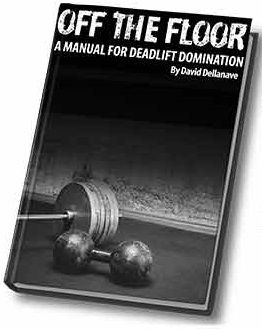In many languages, the influence of the Greek roots of fitness is still being traced – the English word gym, Spanish gimnasio, and Portuguese academia refer to the antique gym. The French word culturisme and English fitness appeared much later.
In Athens, the capital of ancient Greece, there were three public gymnasium teaching science, philosophy, and physical culture: the Lyceum, the Academy and the Cynosarges. The first was founded by the philosopher Plato, his second disciple, Aristotle. It would seem, what matters to us before the people trained 75-100 years ago? After all, the world has changed a lot since then.
Progress, science, new techniques… However, after downloading the book by Eric Weinbrenner, you will see that the experience of training of those times has great importance for us, ordinary athletes. Yes, the world has changed. But I said this in the context of the fact that before athletes first gained muscle mass, and then, if necessary, they dumped excess fat. Now most of us have initially excess weight (fat for sure!). So this strategy does not suit us.
However, we are well suited to their tactics of training. The thinkers of Ancient Greece were sure that there is an inseparable connection between the intellect, the physically developed body, and health. Among the higher class, the demonstration of versatile knowledge and the demonstration of one’s body were inseparable. Interestingly, the very word gymnasium is formed from the word gymnós (“naked”) – in fact, the gymnasium was the place where the men practiced nude.
Women were not allowed either in the gymnasium, in sports competitions, or in public schools. Equally important to us is the fact that the athletes of those times were not like modern freaks from the platform of Olimpia. The heroes of the past were distinguished by broad shoulders, a narrow waist, a drawn press, slender muscular legs. Do you want to see yourself like this?





